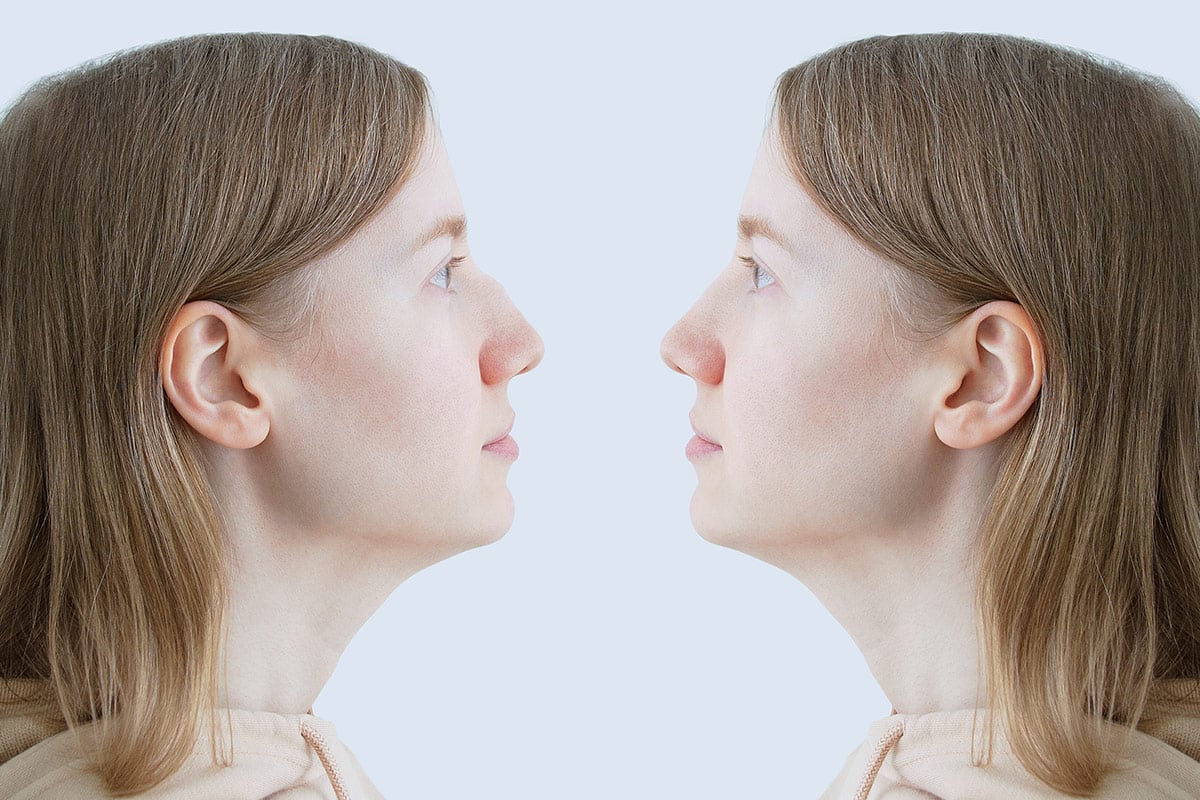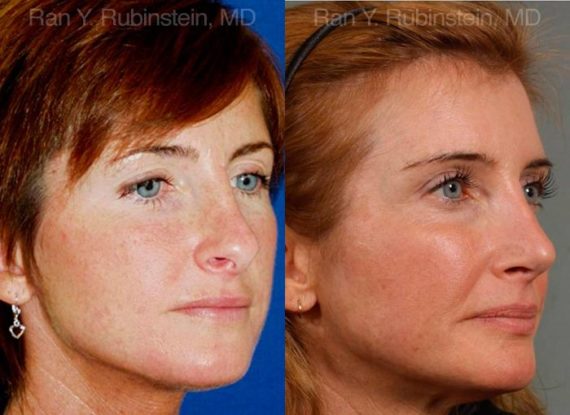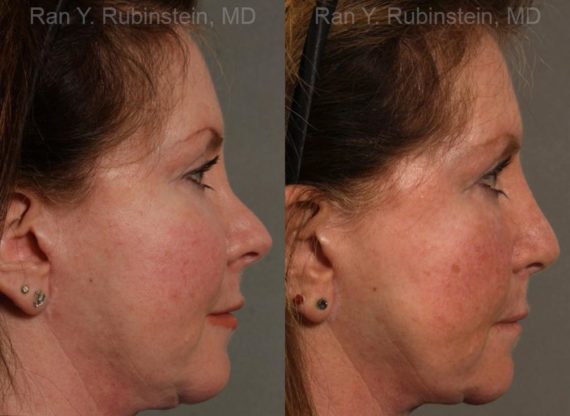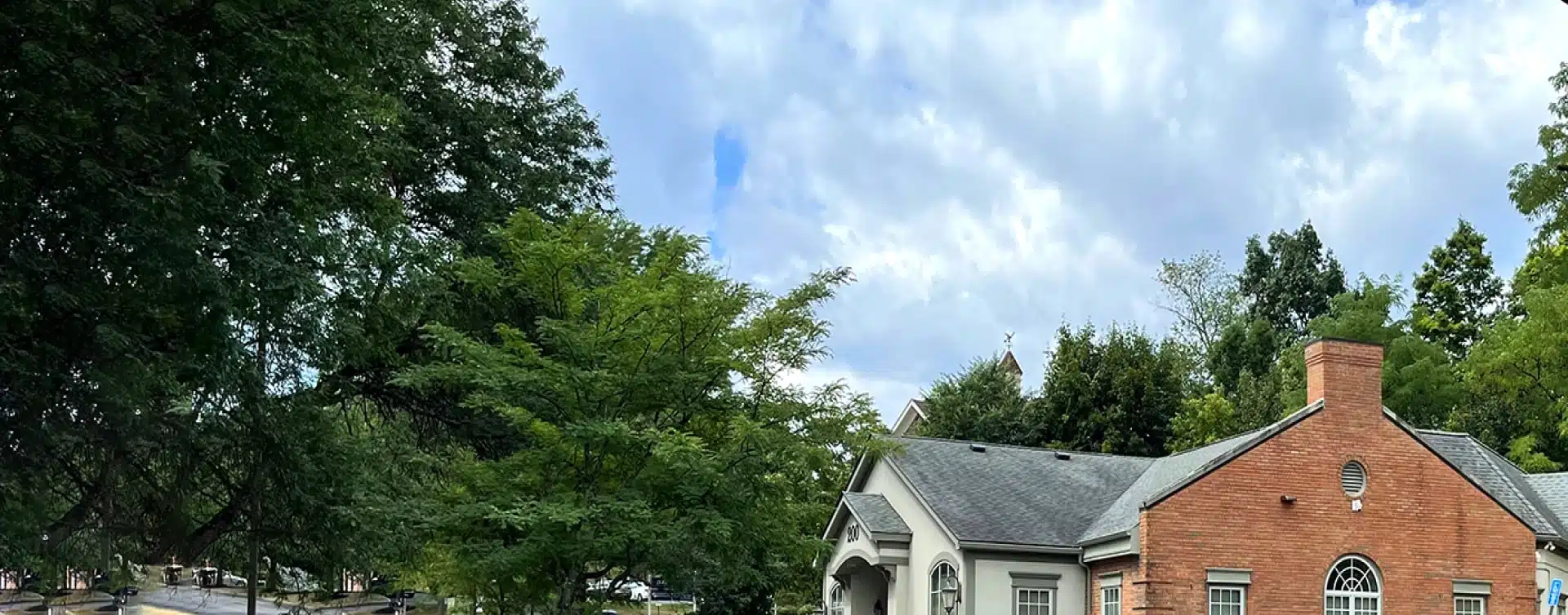Nose reshaping surgery, technically named rhinoplasty, has great demand as a cosmetic option. Whether someone wants better looks or function, is a good surgical choice. Open rhinoplaty and closed rhinoplasty are two main ways to do it – they give different benefits, so understanding how they differ helps in deciding which option matches your goals.
When you think about rhinoplasty, studying these methods can make clear what to anticipate from each one besides how each fits with the outcome you want. Such as how long you need to heal, the amount of change wanted and any prior nose surgeries, affect which method is suitable.

What is The Difference Between Open and Closed Rhinoplasty?
Open and closed techniques represent the two main rhinoplasty surgical options. The significant difference exists in where the cut goes. With the open approach, a tiny cut goes across the columella, the tissue between the nostrils and gives the surgeon total access to nasal parts. Because of this visibility, the surgeon can do bigger fixes and this option works better for tricky cases needing large reshaping.
Closed rhinoplasty has cuts inside the nostrils, which keeps external marks away. For this method people want small alterations or small structural fixes, because this method gives a quicker healing period also less swelling afterward.
What is open rhinoplasty?
Open rhinoplasty is a type of nose surgery where the surgeon makes a small incision on the underside of your nose, right between the nostrils. This allows them to lift the skin and get a super clear view of the bones and cartilage underneath. It’s a great option when detailed reshaping is needed, especially for more complex cases. Think of it like opening the hood of a car to get a better look at the engine—more access means more precision!
What is Closed Rhinoplasty?
Closed rhinoplasty, on the other hand, keeps everything neatly hidden. All the incisions are made inside the nostrils, so there are no visible scars on the outside. This approach is usually quicker and has a faster recovery time. It works well for less complicated changes and still delivers beautiful results, just with a bit more of a behind-the-scenes touch!
Open Rhinoplasty vs Closed Rhinoplasty
Open Rhinoplasty BENEFITS
- It offers greater precision because it provides full sight of nasal structures. This permits detailed modification.
- It is better for complex cases. For example it is suited to significant reshaping, fixing asymmetry or mending nasal fractures.
- Another benefit is minimized cartilage distortion – open access avoids high pressure on nasal cartilage during the procedure.
- Structural stability improves. Doctors can easily reinforce the nose with grafts to avert future collapse.
- The method facilitates revision surgery through better access to the nose.
Closed Rhinoplasty BENEFITS
- For one it creates no external scarring because incisions stay inside the nostrils. No visible marks appear.
- Surgery duration reduces. The process typically goes faster compared to the open procedure.
- Recovery accelerates. It results in less swelling plus a briefer healing time.
- In addition it is less invasive. Fewer incisions suggest a lower risk of infection plus complications.
- But this procedure is ideal for minor changes, such as refining nasal humps, minor asymmetry or slight cosmetic adjustments.
Start Your Journey to Success, Don’t Wait More!
Join our satisfied clients who’ve experienced safe, effective treatments.
When to Choose Open Rhinoplasty
Open rhinoplasty is the best choice for patients requiring significant structural changes or complex nasal corrections. If you need extensive reshaping, have a deviated septum, or require revision surgery, the open technique provides better visibility and precision. This approach is particularly beneficial for individuals with severe nasal asymmetry, collapsed nasal structures, or previous trauma. Although it has a longer recovery time, the ability to make detailed modifications ensures more predictable and lasting results.
When to Choose Closed Rhinoplasty
Closed rhinoplasty is ideal for patients looking for minor cosmetic adjustments with a faster recovery. If you want to refine the nasal tip, smooth a dorsal hump, or correct small asymmetries without major restructuring, this technique is a great option. With no external incisions and less swelling, it allows for a more discreet healing process. Patients who want subtle refinements while minimizing downtime often prefer this approach over open rhinoplasty.
Patient Results
* All patients are unique and individual results may vary.
Procedure Risks and Complications in Rhinoplasty Surgery
Every plastic surgery procedure comes with its own set of potential risks, and rhinoplasty surgery is no exception. Understanding the pros and cons of each surgical approach can help you make an informed decision.
Open rhinoplasty surgery
This technique may result in a small external scar on the columella, although it often fades over time. Since it involves more extensive dissection, there may be increased swelling and a slightly longer healing period. There’s also a minimal risk of infection, prolonged numbness, or delayed wound healing. For rhinoplasty patients undergoing revision procedures or complex reshaping, these risks can be slightly elevated due to scar tissue from previous surgeries.
Closed rhinoplasty surgery
This technique carries fewer external risks since all incisions are internal, but limited visibility can make it more difficult to perform precise modifications. In some cases, this could result in subtle irregularities or the need for future revision. There’s also a chance of asymmetry or breathing difficulties if nasal structures shift during healing.
Regardless of the approach, choosing a board-certified facial plastic surgery specialist with deep experience reduces your risk and improves the chances of a smooth recovery.
Surgery Results and Long-Term Outcome Expectations
The long-term results of rhinoplasty surgery depend on the chosen procedure, the complexity of the corrections, and your surgeon’s expertise. For rhinoplasty patients, the goal is always to achieve natural-looking harmony between the nose and the rest of the face.
Open Rhinoplasty Surgery Results
Typically allows for more significant and lasting structural changes. Since the surgeon has full visibility, it’s easier to place grafts, reinforce weak structures, and create detailed improvements. This makes the long-term results more predictable, especially for patients with traumatic injuries, collapsed bridges, or major reshaping goals. The pros and cons here include a longer recovery but more stability and aesthetic control over time.
Closed rhinoplasty surgery Results
It can yield beautiful and refined results, particularly for minor adjustments. Patients seeking a smaller nasal hump reduction or tip refinement can enjoy excellent outcomes with less downtime. However, because the surgery is more limited in scope, dramatic transformations are less likely, and in rare cases, subtle imperfections might become noticeable over time.
Ultimately, your surgeon’s ability to personalize the approach ensures that both aesthetic and functional results hold up for years after your plastic surgery procedure.
Why Choose Dr. Ran Rubinstein for Your Rhinoplasty?
Experience
- 20+ years of hands-on surgical experience
- Expert in both cosmetic and functional rhinoplasty
- Successfully treats everything from breathing issues to complex revisions
Expertise
- Double board certified by:
- American Board of Facial Plastic Surgery
- American Board of Otolaryngology–Head & Neck Surgery
- Specializes in both the appearance and function of the nose
- Offers advanced techniques like preservation rhinoplasty and powered instrumentation
Authority
- Clinical Professor at New York Presbyterian Hospital
- Member of the American Society for Laser Medicine & Surgery
- Educates future surgeons and stays on the leading edge of rhinoplasty techniques
Trust & Results
- 4.9-star average on Google (155+ reviews)
Plus high ratings on RealSelf, Healthgrades, and Vitals - Known for natural-looking results that enhance—not change—your face
- Patients rave about personalized care and confidence-boosting outcomes
Customized, Tech-Driven Planning
- Uses 3D imaging to help visualize your goals during the consultation
- Develops a fully customized surgical plan just for your facial structure
- Transparent and communicative throughout your journey
Tailored Options for All
- Offers:
- Ethnic rhinoplasty
- Revision rhinoplasty
- Non-surgical nose reshaping
- Performs both open and closed rhinoplasty depending on your needs
Schedule a consultation with us Today
Dr. Ran Y. Rubinstein, a double-board-certified facial plastic surgeon, specializes in rhinoplasty procedures, including both open and closed techniques. With his extensive experience and personalized approach, he helps patients achieve their aesthetic and functional goals with natural-looking results. Call us today at (845) 863-1772 to schedule a consultation and determine the best rhinoplasty technique for you.


